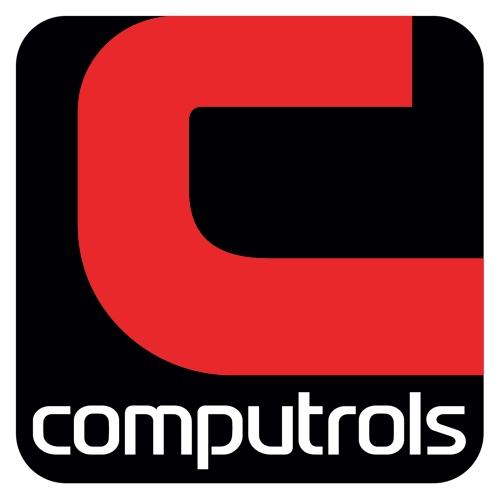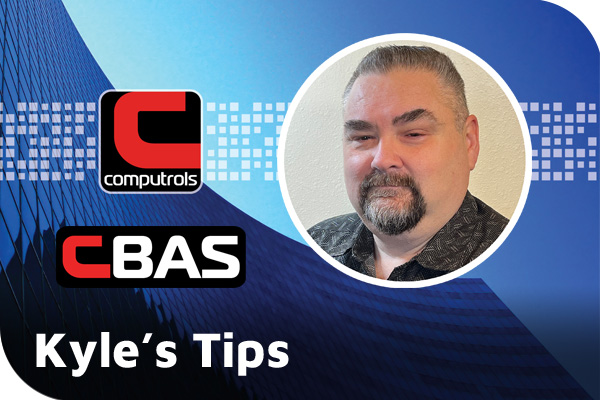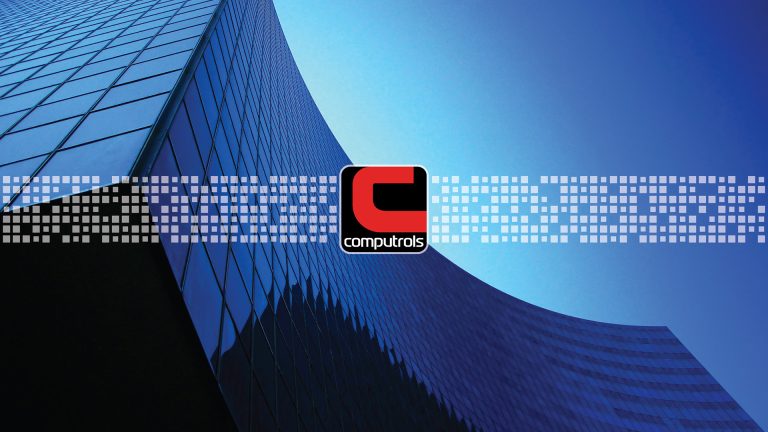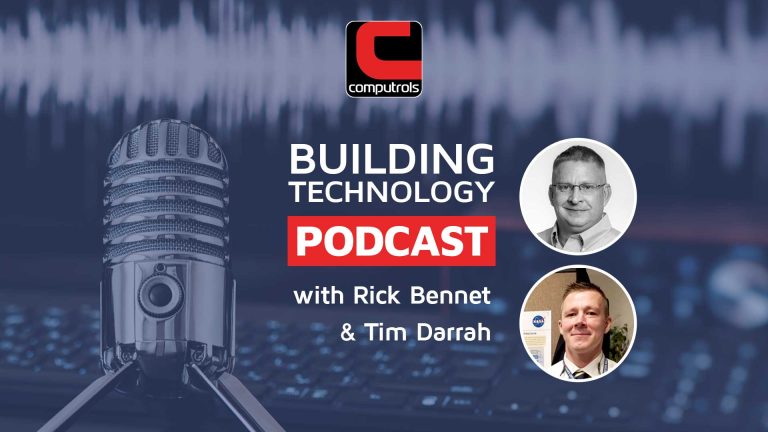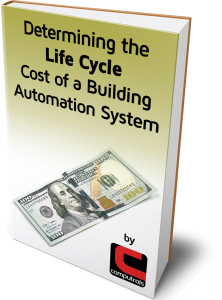As a property management professional, you are constantly looking to justify any and all investments you make for your facility. In many cases, this calculation is very simple.
Take for instance a Variable Frequency Drive (VFD). When you hook up a VFD to your facility’s HVAC equipment, you can put a meter on that piece of equipment to see how much energy it is consuming compared to how much it was consuming before.
Another example would be upgrading your light bulbs to LEDs. In this case, you don’t even have to wait for the installation. You can calculate this based on the rating of the new LED light bulbs.
Unfortunately, not all calculations are this simple, particularly for large, complex systems that touch much more than energy consumption. A prime example of this is your facility’s building automation or energy management system (BAS or EMS). Energy-savings is certainly something you should be measuring when calculating a payback for these systems, but in reality, the BAS does not save energy by itself. It is simply a tool to do so. This leaves you with the question, where is the ROI in your facility’s BAS?
Calculating First Cost + Recurring Costs
Before calculating a return on investment, you have to understand what the full investment is for your energy management system. The obvious number to include here is the price of the initial installation and programming. Beyond that, there may be some recurring costs to add to this as well.
Maintenance Agreement
More often than not, your BAS service provider will recommend some kind of maintenance contract for them to come and service and maintain the system.
Service Calls
Service calls are difficult to estimate on the front-end of new installations, but you can make a rough guess based on what you have paid for service calls in past years. After a year or two of having the system, you’ll have a much better sense of what to budget for here.
Controller Replacement
Simply stated, this is the amount you’ll be budgeting each year for failed controllers. You’ll need to consider the warranty period as well as it could significantly reduce or increase this cost.
Adding New Devices
What projects do you have planned in the next 3 to 5 years that will affect your facility’s BAS in some way? What will it cost to make these changes?
The Potential ROI in the Recurring Costs
Most facilities will have the same building automation system for at least 10 years. With that said, the recurring costs could heavily influence the return over time. Take for example your maintenance contract. If you have a system that is working well that your internal team can largely manage themselves, you won’t have a need for a high-dollar agreement. On the other hand, if your system needs constant tweaking, is not user-friendly, and/or your team does not have the bandwidth to manage the system in-house, you are going to need more outside help.
You can also apply this line of thought to adding new devices. If your team can handle this internally, there may be significant savings to account for.
Calculating an ROI
Energy Savings
While energy management systems do not save energy by themselves, there are certainly energy savings that can be attributed to these systems. These may come as a result of having a well-trained service technician that is extremely thorough when writing new sequences for your facility. Energy reductions may also come as a result of your internal team being able to manage the system themselves. After all, who knows your facility operations better than your facility operations team?
This may be stating the obvious, but when looking at energy savings generated by the BAS, make sure you have a proper data set. For example, if you did a lighting retrofit around the same time as your BAS upgrade, you may have to figure out what energy savings to attribute to each project.
Facility Management Time
Perhaps the most underrated ROI-factor for building automation systems is the amount of time they can save your facilities management team. To calculate this return, look at the amount of time your facilities team is spending:
- Responding to hot/cold calls
- Sitting with vendor while they make a service call
- Making changes to setpoints, schedules, etc.
- On the phone with tech support
Compare how much time they had to spend with the previous system versus the new system and multiply it by their hourly wage.
Equipment Life
Once you have tightened up and optimized your sequence of operations, look at how hard and how often your major pieces of HVAC equipment are working. In the commissioning process, did you find out your air handler on the second floor was running around the clock? In addition to the energy reduction these changes bring, they also save you on the maintenance and ultimately the replacement of your mechanical equipment.
Tenant Retention (in Commercial Real Estate)
One of the most important factors in retaining tenants is ensuring their everyday comfort. While it’s been proven that the proper temperature and lighting can make people more productive, for the sake of tenant retention, you really just want everyone to be as comfortable as possible. Consider how often they call about temperatures being too hot or too cold. How often do they have maintenance staff or other vendors in their space? These are all things that weigh heavily into a tenant’s decision to renew their lease in a given space.
As a property manager, you know the cost of getting a new tenant in the building far outweighs the cost of retaining your current tenants. See how your tenant retention numbers vary before and after your BAS change.
Conclusion
As you can see, there are many factors in evaluating the payback period of your building automation system that lie below the surface. The next time you are evaluating a BAS partner, consider how they might influence these areas that will ultimately lead to generating an ROI on the system. We recommend starting with the formula below.
Investment = First Cost + Recurring Costs
ROI = Energy Savings + FM Time + Equipment Maintenance/Life + Tenant Retention
